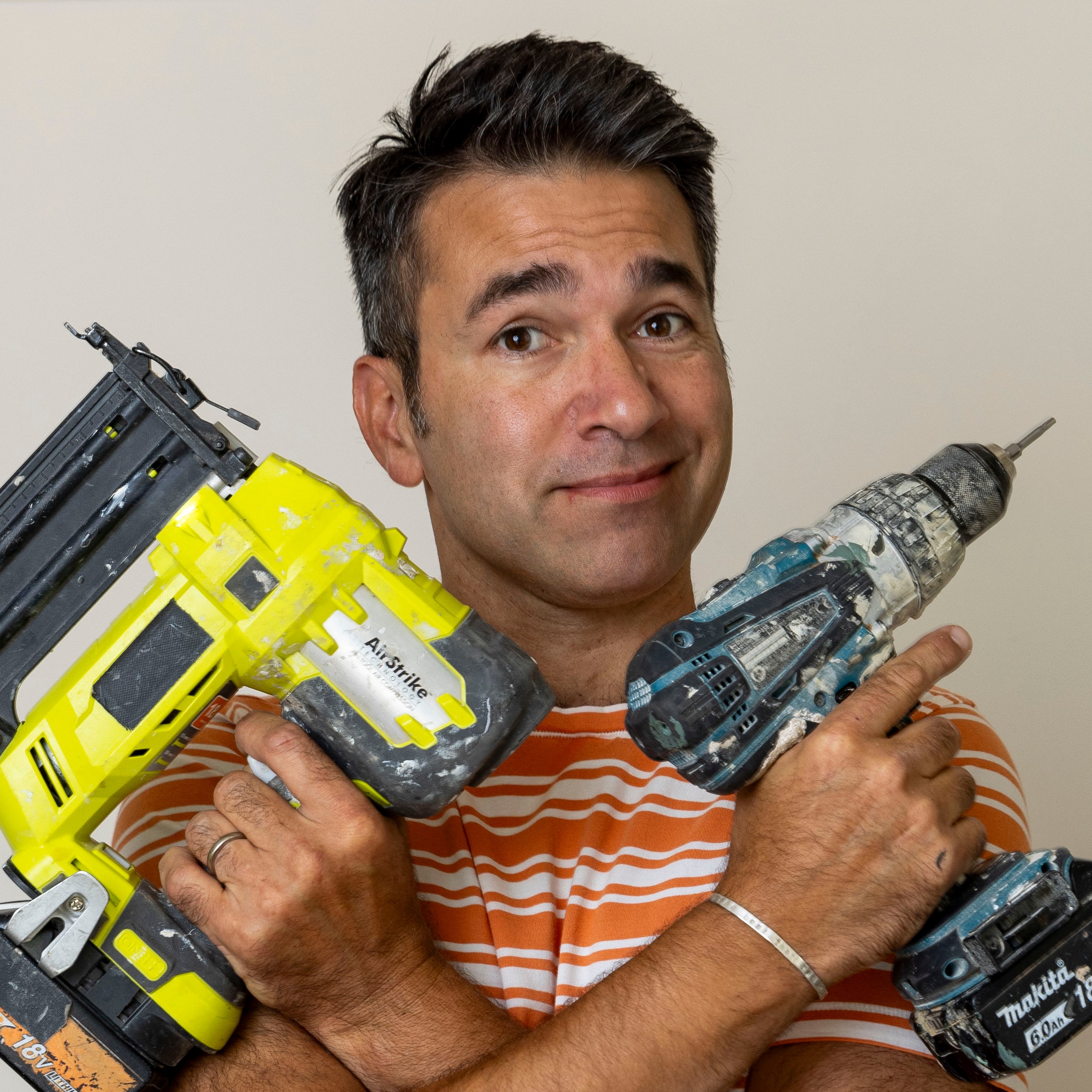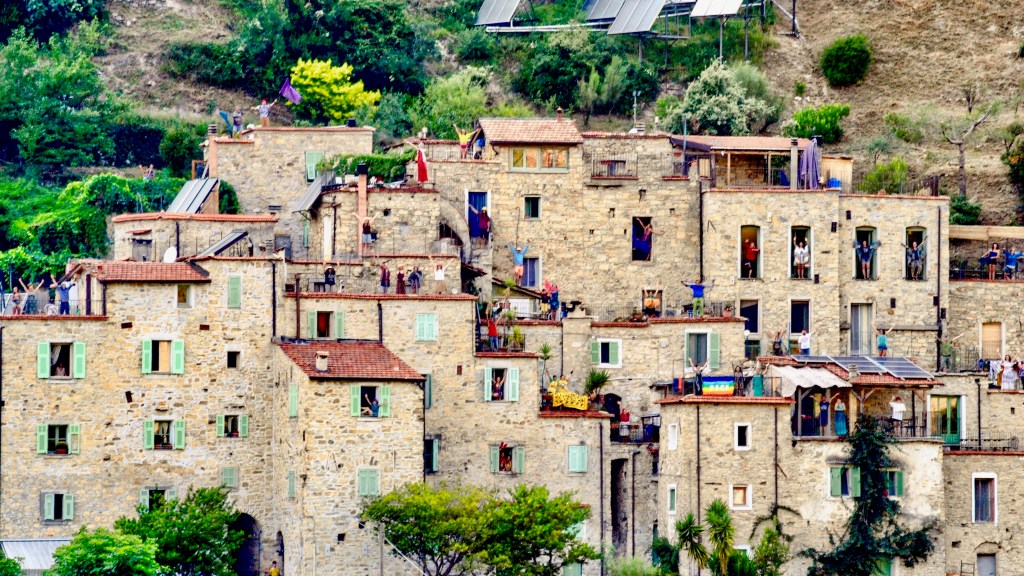Creating a Water Feature Inspired by Chelsea
Q. During my recent visit to the RHS Chelsea Flower Show, I admired several stunning water features. How simple is it to replicate one? Martin Lowe, London
A. Having participated in the construction of various gardens at the RHS Chelsea Flower Show over the years, I can attest to the charm of the soothing sounds of flowing water. It’s no surprise that you would want to introduce this element to your own garden.
It’s important to understand that the filtering needs of a fish pond differ significantly from those of a water feature pump, so be mindful of this distinction.
To create a water feature, you’ll need a substantial water reservoir. If digging a large hole isn’t appealing to you, consider cutting a scaffold board into quarters to construct your own. By assembling it and placing it on a flat surface, you can create a robust square-metre-sized raised bed frame that can be lined to ensure it’s waterproof.
Since the raised bed has no base, it’s crucial to eliminate sharp stones that might tear the pond liner. Therefore, clear the area first, lay an underlay sheet within the frame, and carefully position your pond liner on top, ensuring it fits snugly into the corners.
Fill the structure with water until the liner settles in its lowest position. Once it’s secure, you can staple and trim the liner to the upper inside edge of the scaffold board.
Next, attach a timber capping rail along the top edge to cover the unsightly cut edges of the liner.
Now, it’s time to set up the water pump. There’s a wide variety of options to choose from, based on your budget, power source, and the type of water feature you wish to create.
For those without electrical access in their garden, a solar-powered pump is a convenient choice, especially one with a built-in battery for overcast days.
The pump should be placed underwater; when activated, it will draw in water and direct it to your desired outlet. You can opt for a simple bubbling cauldron effect, or be more inventive by incorporating a sculpture, which will require you to connect a hose from the pump outlet to the feature, using hose clips for security.
A crucial lesson I learned at RHS Chelsea is that water features should produce a soothing sound rather than a disruptive noise. Therefore, choose a pump equipped with a flow control valve to create a gentle trickling effect.
For more insights, consider following Wayne Perrey at thetvcarpenter.com.




Post Comment